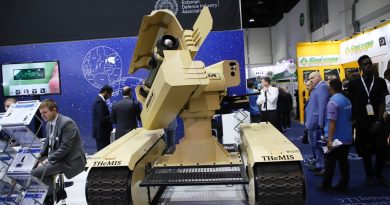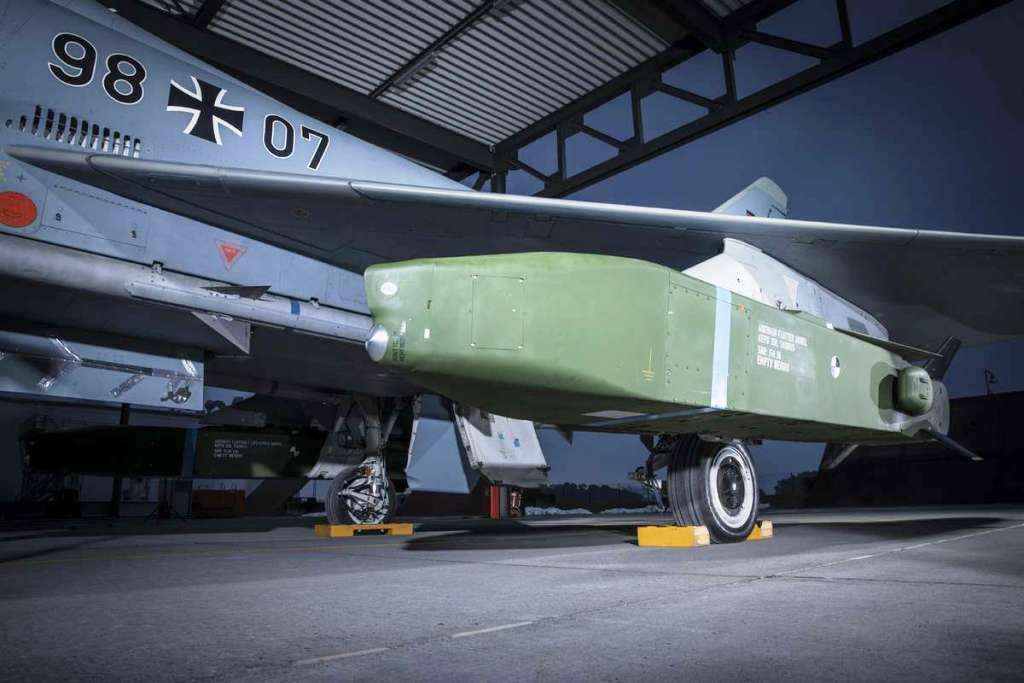
Taurus air-launched cruise missile looks for new contracts and at technology insertions
Considered among the most effective stand-off air launched weapons the Taurus, the air-launched cruise missile developed in the late 1990s by TAURUS Systems GmbH, TSG in short, the company shareholders being MBDA Deutschland and Saab Dynamics AB, might well live a new life considering the current situation, therefore the Schrobenhausen-based company looks at potential new contracts for the current version and to the development of an improved version with a number of technology insertions
In service since 2005 with the German Luftwaffe Tornado IDS aircraft, the Taurus is definitely not a new weapon. While Germany acquired around 600 missiles, in 2008 Spain bought a reduced number of KEPD 350, the four-letter acronym meaning kinetic energy penetration destroyer, which shows well the specialty of that system, the Ejercito del Aire employing them on its F/A-18s. Seven years later it was the turn of the Republic of Korea to acquire the German-Swedish weapon, which flies under the F-15K Slam Eagle, around 300 such systems being in ROK Air Force storage, their potential targets being obviously North Korea underground military facilities.
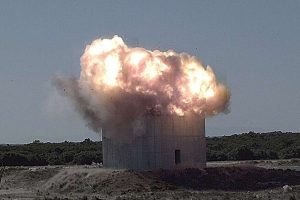
“We have the heavier warhead among western systems of the same category, and we also have the greater thrust that ensures maximum agility in the terminal attack phase,” Joachim Knopf, TSG CEO, told EDR On-Line during a presentation at the company facility. Considering the mass and thrust of the weapons of that class also the specific thrust is greater than that of the competitors, which is the key for having increased manoeuvrability in the terminal phase. With a mass at launch of around 1,400 kg, the Taurus is fitted with a 480 kg two-stage penetrator warhead that features a floor-count fuse. This allows the Taurus to hit a building or an underground facility from the top, the main warhead detonating at the intended floor, which is selected according to information provided by intelligence sources. Speaking of a possible reopening of the production line, Mr. Knopf underlined that the longer lead items would be some of the electronics together with the metal used for the penetrator, the estimated time to restart production being over one year.
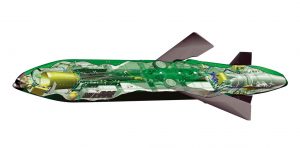
The turbofan allows a maximum speed of Mach 0.95, the operational range being over 500 km, which means that the Taurus can hit a target at that distance while flying nap-of-the-earth for a good part of the mission, according to the company. Flying at less than 50 metres from ground once on enemy territory, according to the TSG CEO the missile cannot be seen by the Russian S-400 GBAD system, also thanks to its stealthy design. Mission data are loaded prior to the mission, the planning phase being crucial in order to optimise the approach route and the attack profile. The Taurus can also be used against area targets, an air burst mode being selectable. The navigation system uses terrain reference and image-based data, therefore the missile can operate also in GNSS-denied environment.
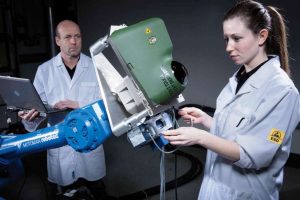
Two years ago TSG carried out the overhaul of 300 Taurus for the German Luftwaffe, the work involving the engine and the replacement of batteries and seals. The company introduced some minor improvements, mostly concerning the navigation system, EDR On-Line understood. Currently TSG is working on the integration of the Taurus on the Eurofighter Typhoon, under a contract from Airbus and under the request from Germany and Spain. The plan is to have the system fully integrated on Eurofighter that will be submitted to Programme 4 Enhancement (P4E) that shall be available in 2028.
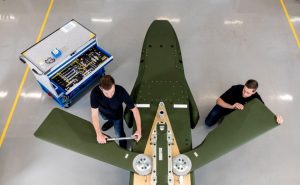
The company is however looking at a much improved version of its stand-off cruise missile. According to TSG a modification of the wing sweep angle could bring to a 10% range increase. The other key area is the navigation system that will adopt artificial intelligence-based algorithms, no more details being provided, as well as the addition of a two-way data-link that will allow reprogramming the mission while the Taurus is already in flight towards the target area. The link will inevitably exploit satellite communication, considering the system range.
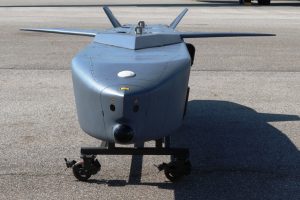
TSG is quite optimistic both on new contracts for the current version of its Taurus, as well as on development contracts for an enhanced version. In the meantime the company has recently signed a Memorandum of Understanding with South Korea LIG Nex1 for the development of a scaled down version of the Taurus. In 2014, following the signature of the first contract with that country, TSG formed a subsidiary known as Taurus Systems Korea, which provides support to the systems deployed by the ROKAF . Talking to Joachim Knopf, the company CEO made it clear that the MoU signed during the recent ADEX 2023 exhibition on Seoul marks the very first step of that potential programme, and opens doors to further meetings among the two companies, and possibly with the end customer, to better define the project. Although this development is still in its infancy, Republic of Korea colours were fluttering on one of the flag poles at Schrobenhausen.
Photos and images courtesy Taurus and P. Valpolini


